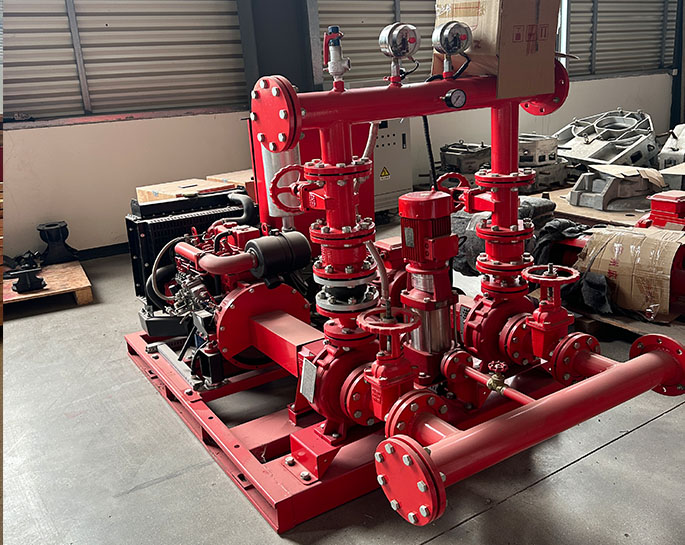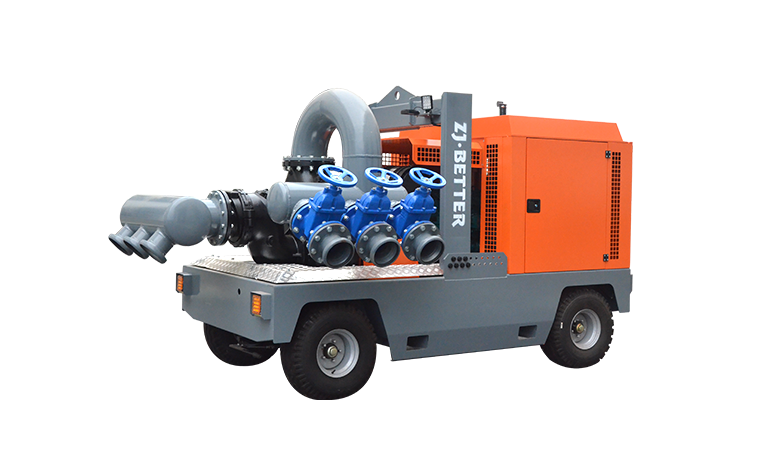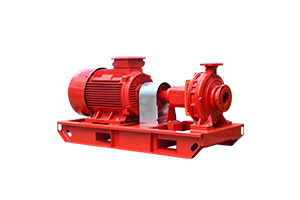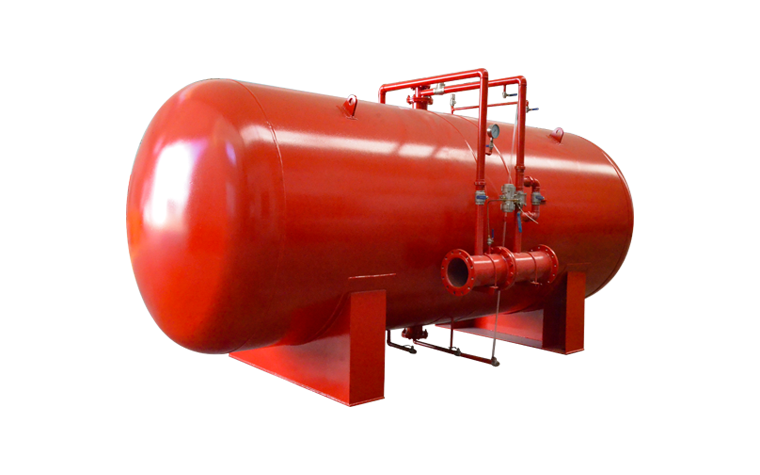Everything You Need to Know About Fire Pump Selection
Sep 26, 2024
Share:
Selecting the right fire pump is crucial for effective fire protection. Here’s what you need to consider:

1. Type of Fire Pump: Choose between electric, diesel, or jockey pumps based on the specific application and installation environment.
2. Flow Rate and Pressure: Determine the required flow rate and pressure based on hydraulic calculations, building requirements, and local codes.
3. Water Source: Consider the availability and type of water source (e.g., tank, reservoir, or city water supply) and ensure compatibility with the pump.
4. System Design: Collaborate with fire protection engineers to integrate the pump into the overall fire protection system, including sprinkler systems and standpipes.
5. Compliance Standards: Ensure the pump meets relevant standards (such as UL listing and NFPA compliance) to guarantee performance and reliability.
6. Environmental Conditions: Assess the installation environment (indoor vs. outdoor, temperature extremes, corrosive conditions) to select a pump that can withstand these factors.
7. Maintenance Requirements: Choose a pump with manageable maintenance needs to ensure longevity and reliable performance.
8. Budget Considerations: Factor in the initial cost, installation expenses, and long-term maintenance costs when making your selection.
By carefully evaluating these factors, you can ensure that the selected fire pump meets the specific needs of your fire protection system effectively.

1. Type of Fire Pump: Choose between electric, diesel, or jockey pumps based on the specific application and installation environment.
2. Flow Rate and Pressure: Determine the required flow rate and pressure based on hydraulic calculations, building requirements, and local codes.
3. Water Source: Consider the availability and type of water source (e.g., tank, reservoir, or city water supply) and ensure compatibility with the pump.
4. System Design: Collaborate with fire protection engineers to integrate the pump into the overall fire protection system, including sprinkler systems and standpipes.
5. Compliance Standards: Ensure the pump meets relevant standards (such as UL listing and NFPA compliance) to guarantee performance and reliability.
6. Environmental Conditions: Assess the installation environment (indoor vs. outdoor, temperature extremes, corrosive conditions) to select a pump that can withstand these factors.
7. Maintenance Requirements: Choose a pump with manageable maintenance needs to ensure longevity and reliable performance.
8. Budget Considerations: Factor in the initial cost, installation expenses, and long-term maintenance costs when making your selection.
By carefully evaluating these factors, you can ensure that the selected fire pump meets the specific needs of your fire protection system effectively.

.png)
.png)

.png)


